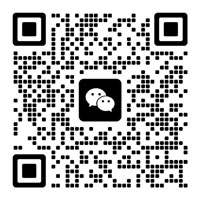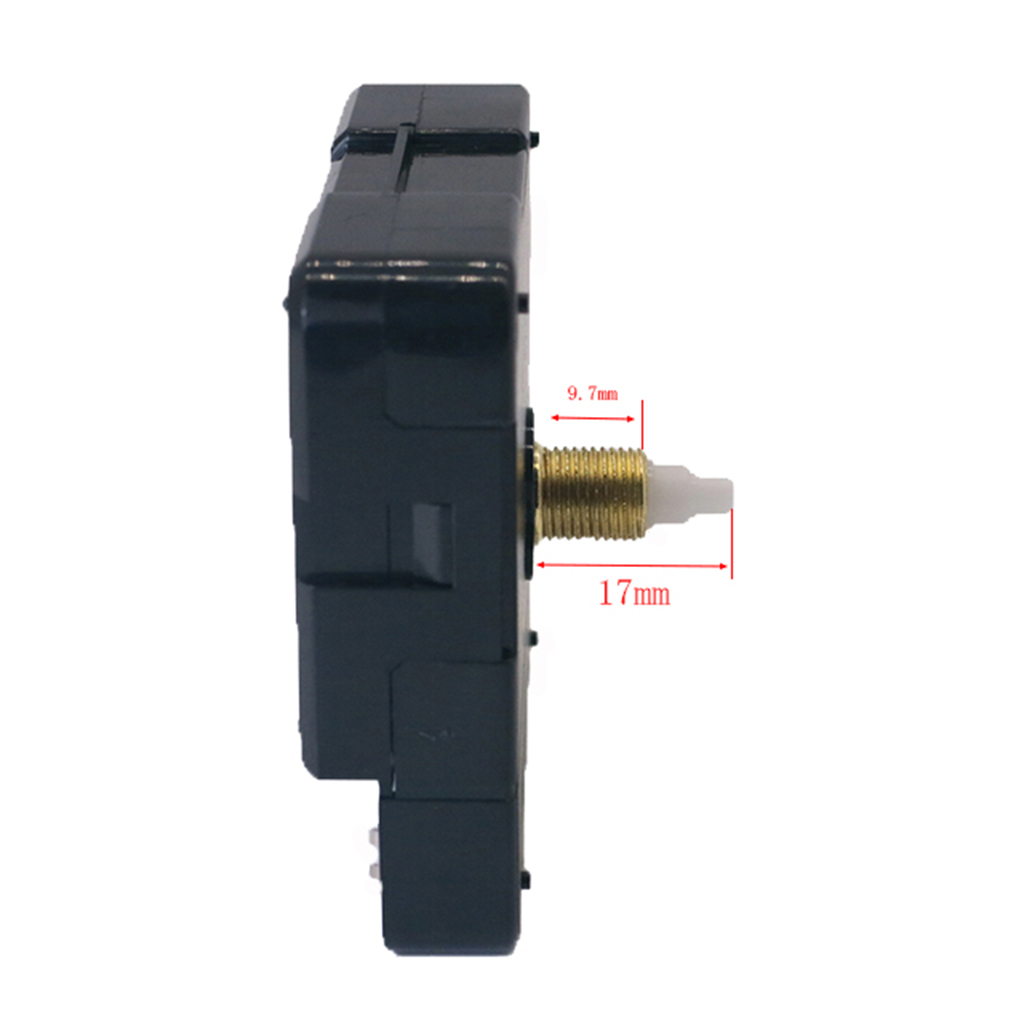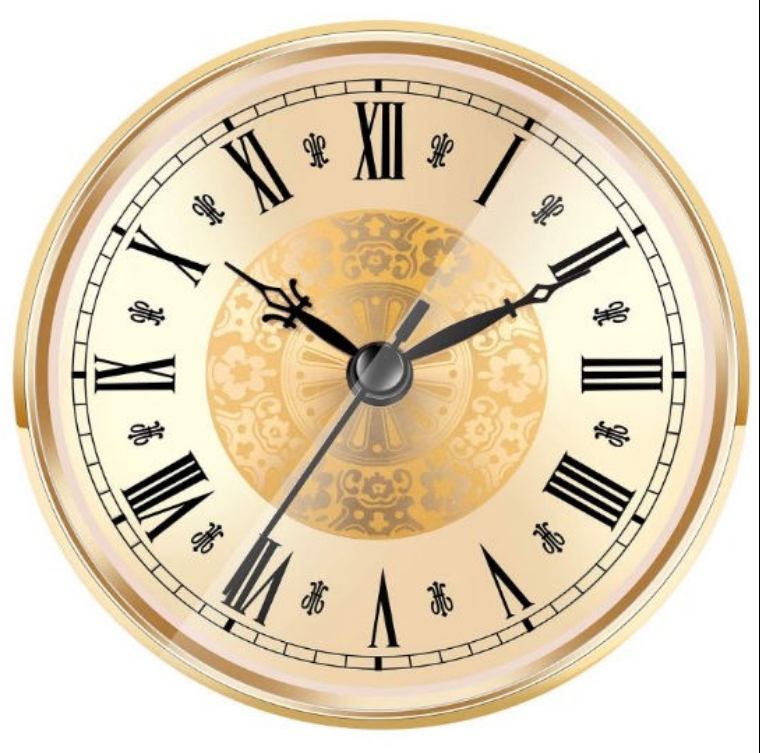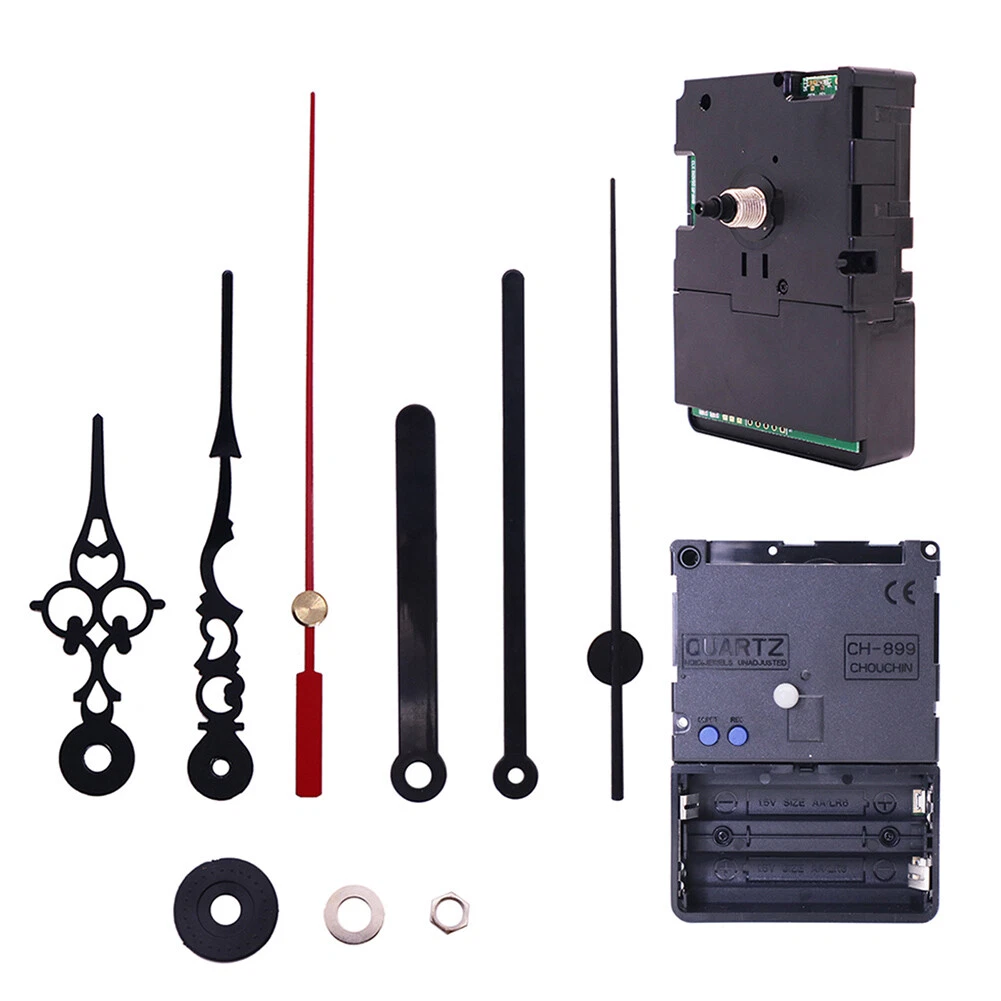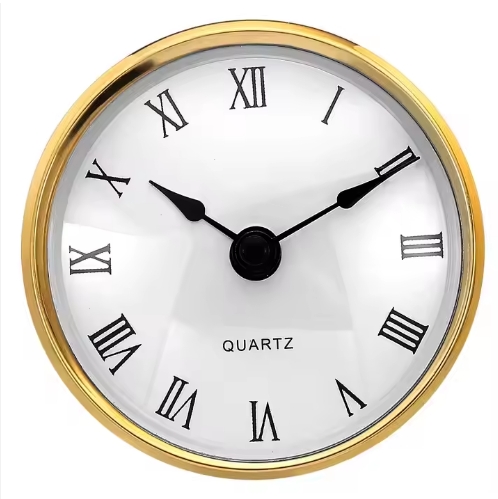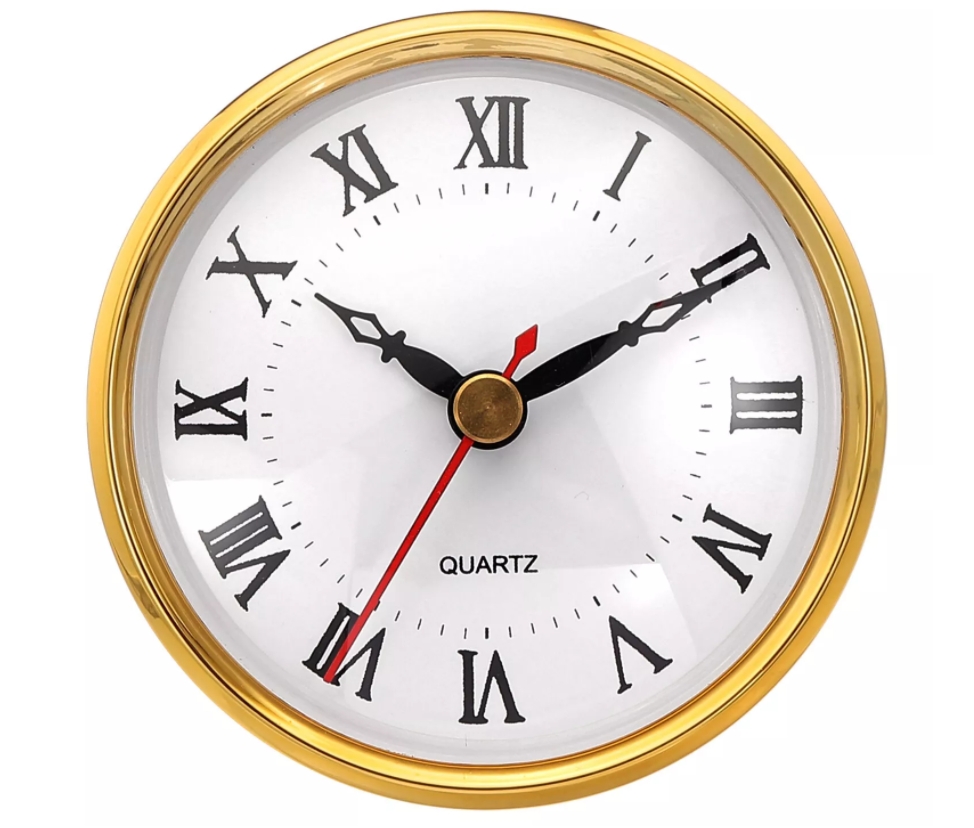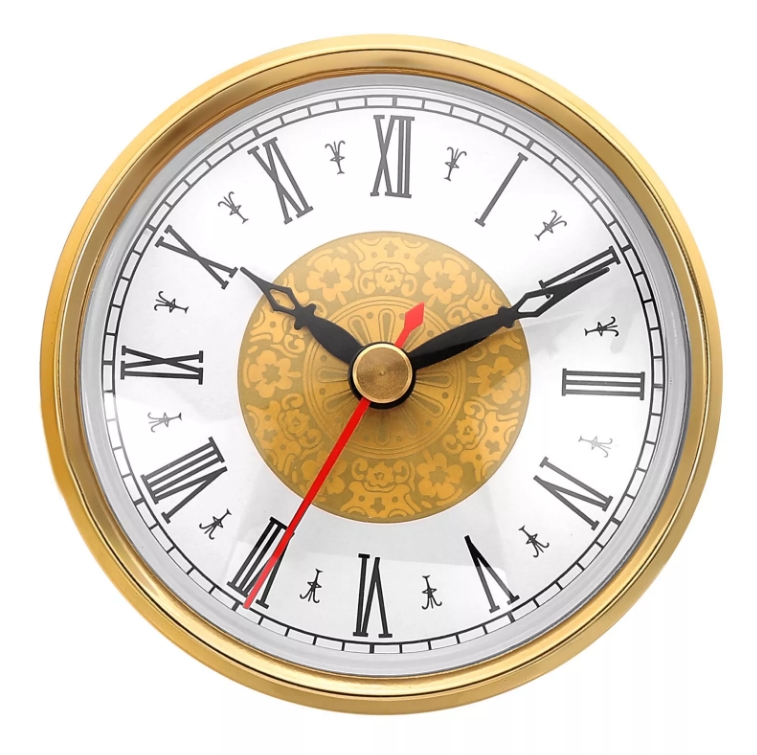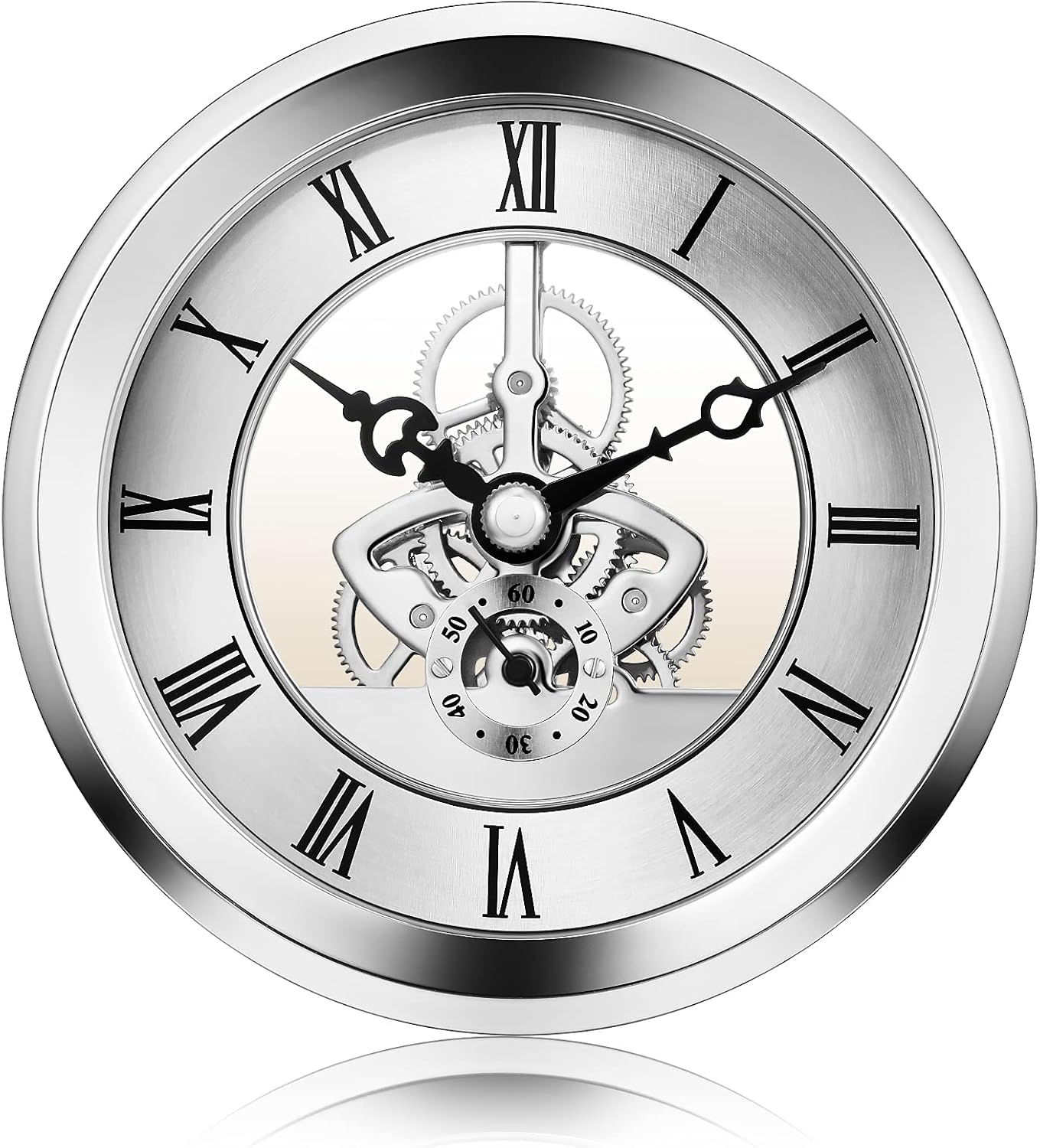



Although these early clocks were more primitive than their modern day counterparts, they included the famous cuckoo bird instead of more traditional chimes to mark the hour. Native to Asia, Africa, and Europe, the cuckoo bird is a unique bird that lays their eggs in the nests of other birds, which in turn rear the cuckoo’s young as surrogate parents. This bird was commonly grey in color, although the female features a vibrant tuft of red feathers atop her head.

Also like today’s clocks, the early cuckoo clocks were decorated in schemes that showed families, military motifs, or hunting scenes. In the late 1800s, the production of cuckoo clocks became industrialized and began production for customers all over Germany, Europe, and the rest of the world. Soon, the cuckoo clock became immediately synonymous with Germany life and style, making the timepiece an incredibly popular souvenir. Three of the more famous clock makers in Germany began making cuckoo clocks, namely Theodore Ketterer, Fidel Hepting, and Johann Baptist Beha.
- Sweep clock movement
- Clock hands
- High torque clock movement
- Skeleton clock movement
- Radio controlled clocks
- Pendulum clock movement
- 24 hours clock movement
- Tide clock movement
- DIY clock movement
- Round clock movement
- Quartz clock movement
- Clock inserts
- Watch inserts
- Clock parts
- Clock dials
- Wall clocks
- Plastic clock movements
- Toy clock movements
- Hook clock movement
- Alarm clock
- Clock movement
- Movements package
- Clock hands catalog



Sitemap Admin Powered by: hkwww.cn
Tel: 86-769-85532891 E-mail: talent@hengrongclock.com.cn http://www.clockmovements.cn
Keywords: clock movement, clock parts, clock hands, clock mechanism, clock accessories, cuckoo clock, alarm clock, insert clock
